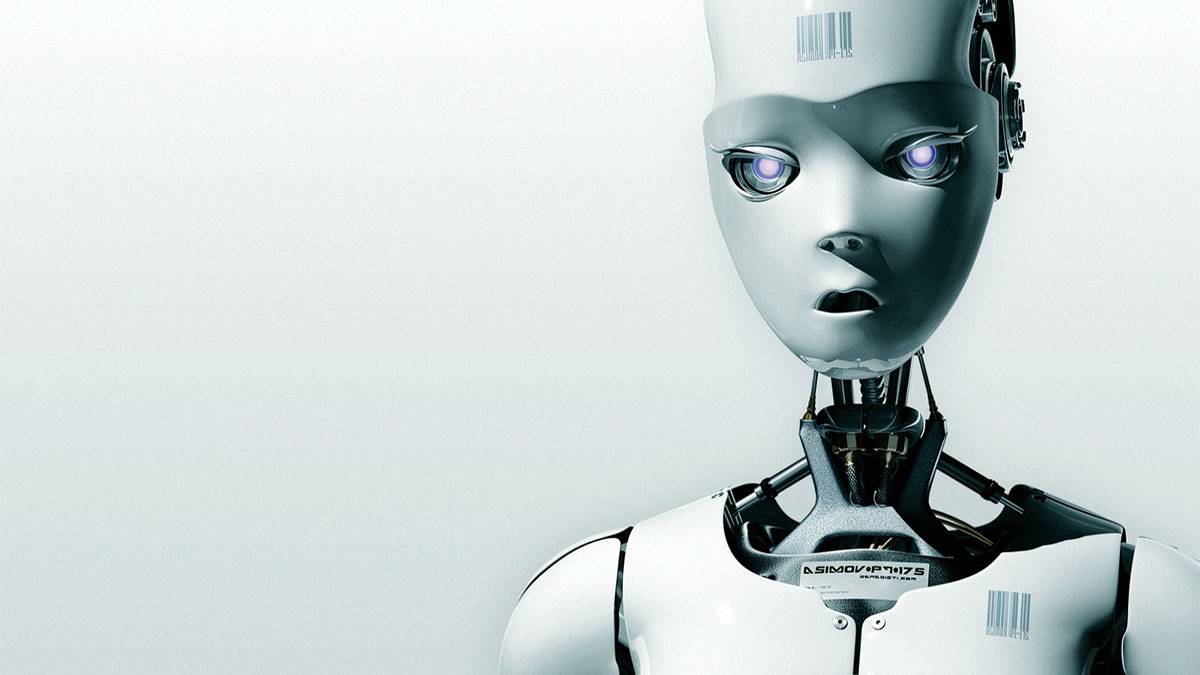the technical trouble with humanoid robots

If you’ve been reading this blog long enough, you may recall that I’m not a big fan of humanoid robots. There’s no need to invoke the uncanny valley effect, even though some attempts to build humanoid robots managed to produce rather creepy entities which try to look as human as possible to goad future users into some kind of social bond with them, presumably to gain their trust and get into a perfect position to kill the inferior things made of flesh. No, the reason why I’m not sure that humanoid robots will be invaluable to us in the future is a very pragmatic one. Simply put, emulating bipedalism is a huge computational overhead as well as a major, and unavoidable engineering and maintenance headache. And with the limits on size and weight of would be robot butlers, as well as the patience of its users, humanoid bot designers may be aiming a bit too high…
We walk, run, and perform complicated tasks with our hands and feet so easily, we only notice the amount of effort and coordination this takes after an injury that limits our mobility. The reason why we can do that lies in a small, squishy mass of neurons coordinating a firestorm of constant activity. Unlike old-standing urban myths imply, we actually use all of our brainpower, and we need it to help coordinate and execute the same motions that robots struggle to repeat. Of course our brains are cheating when compared to a computer because with tens of billions of neurons and trillions of synapses, our brains are like screaming fast supercomputers. They can calculate what it will take to catch a ball in mid-air in less than a few hundred milliseconds and make the most minute adjustments to our muscles in order to keep us balanced and upright just as quickly. Likewise, our bodies can heal the constant wear and tear on our joints, wear and tear we will accumulate from walking, running, and bumping into things. Bipedal robots navigating our world wouldn’t have these assets.
Humanoid machines would need to be constantly maintained just to keep up with us in a mechanical sense, and carry the equivalent of Red Storm in their heads, or at least be linked to something like it, to even hope to coordinate themselves as quickly as we do cognitively and physically. Academically, this is a lofty goal which could yield new algorithms and robotic designs. Practically? Not so much. While last month’s feature in Pop Sci bemoaned the lack of interest in humanoid robots in the U.S., it also failed to demonstrate why such an incredibly complicated machine would be needed for basic household chores that could be done by robotic systems functioning independently, and without the need to move on two legs. Instead, we got the standard Baby Boomers’ caretaker argument which goes somewhat like this…
Put aside the idea of a robot that cleans out your gutters so you can spend a Saturday in the yard with your son. Imagine that your son has children of his own, has taken you in, and works a ten- hour shift. Who will have the time to administer your medication? To schedule your next doctor’s appointment? To help you to the bathroom? Who will you rely on? Perhaps, if Hong and his peers can convince our country that their work could someday remedy a national crisis, you’ll rely on [ a humanoid robot like ] CHARLI.
Or, alternatively, a computer could book your appointments via e-mail, or a system that lets patients make an appointment with their doctors on the web, a smart dispenser that gives you the right amount of pills, checks for potential interactions based on public medical databases, and beeps to remind you to take your medicine, and a programmable walker with actuators and a few buttons could do these jobs while costing far less than the tens of millions a humanoid robot would cost by 2025, and requiring much less coordination or learning than a programmable humanoid. Why wouldn’t we want to pursue immediate fixes to what’s being described as a looming caretaker shortage choosing instead to invest billions of dollars into E-Jeeves, which may take an entire decade or two just to learn how to go about daily human life, ready to tackle the problem only after it was no longer an issue, even if we started right now? If anything, harping on the need for a robotic hand for Baby Boomers’ future medical woes would only prompt more R&D cash into immediate solutions and rules- based intelligent agents we already employ rather than long-term academic research.
There’s a huge gap between human abilities and machinery because we have the benefit of having evolved over hundreds of millions of years of trial and error. Machines, even though they’re advancing at an ever faster pace, only had a few decades by comparison. It will take decades more to build self-repairing machines and computer chips that can boast the same performance as a supercomputer while being small enough to fit in human-sized robots’ heads before robotic butlers become practical and feasible. And even then, we might go with distinctly robotic versions because they’d be cheaper to maintain and operate.





